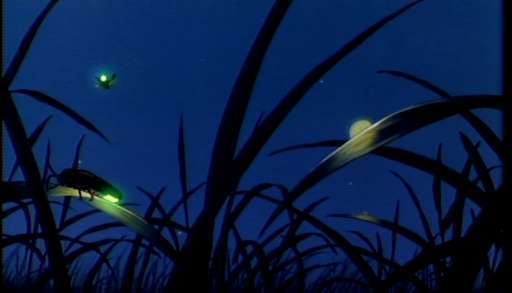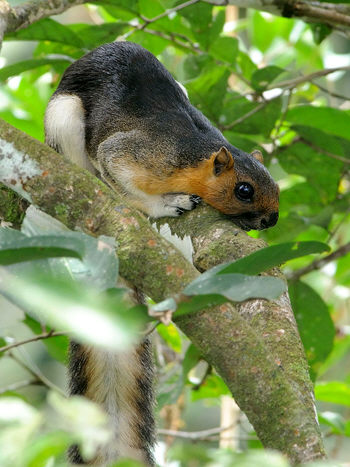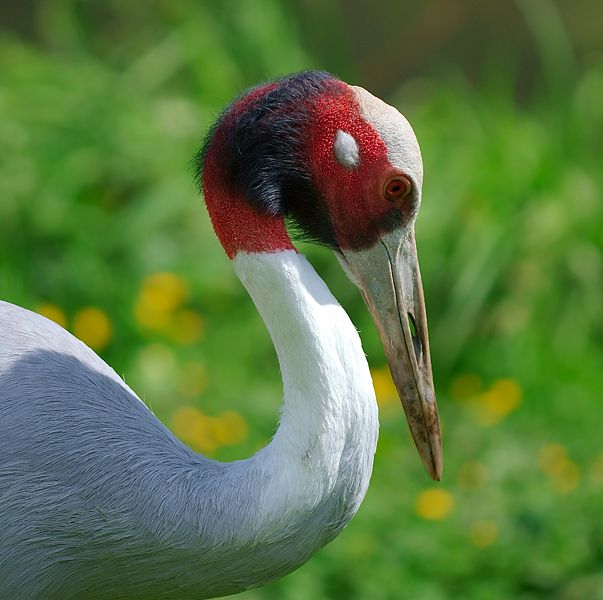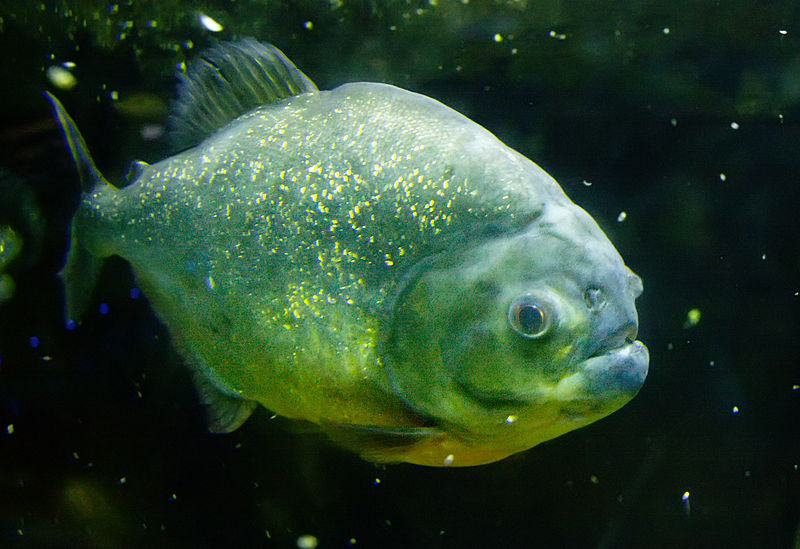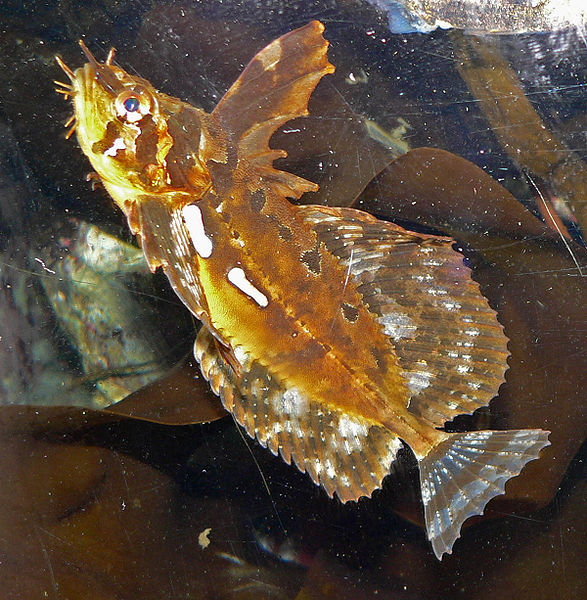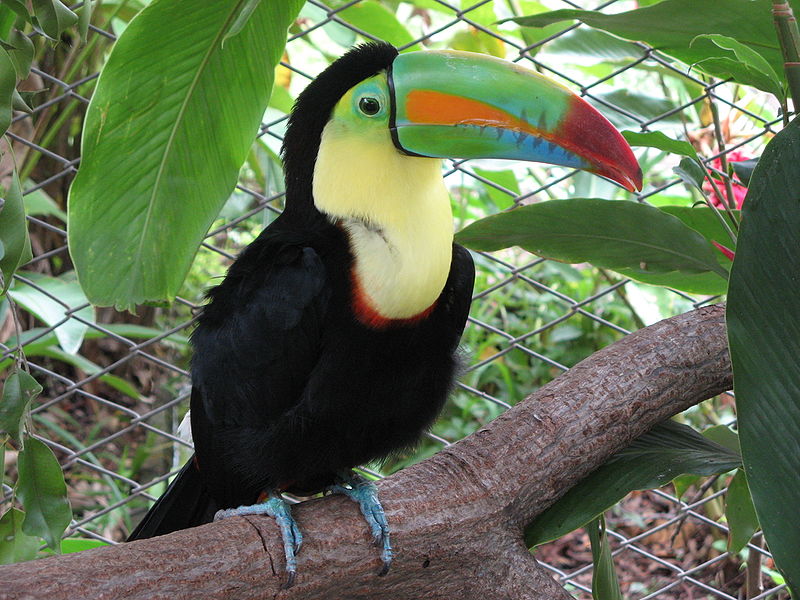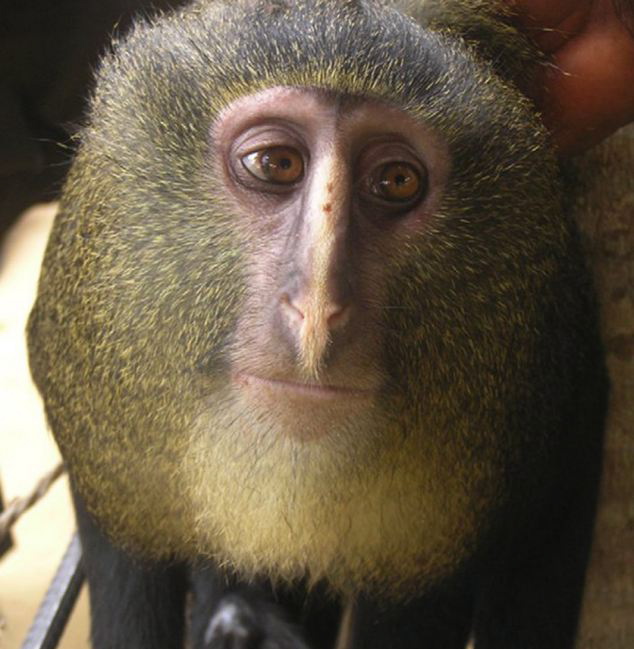
Did You Know?
- The Lesula was first discovered in the Democratic Republic of Congo in 2007
- This Old World Monkey was verified as a new, distinct species in September of 2012 (yes… just a few days ago)
- This is only the second monkey discovered in Africa in 28 years
- Although this monkey is new to the Science community, the Congo locals have known about this monkey for a very long time
Feeling a Little Blue
So what in the world is a Lesula? Well, this new monkey is a species of Old World Monkey from the Guenon family. Looking at the picture above, you can see they have a face very much like our own…okay, maybe they are a little hairier but you have to admit this monkey has a human feel to it. One thing you can’t tell from the picture and is very different from humans, is there bright blue butt. Actually, this “brilliant blue ” (as indicated John A. Hart – the researcher who described the new monkey) posterior end is only found in adult males is actually quite spectacular. As with other animals, the males have this bright coloured rear end to impress any ladies in the area.

Already in Trouble
Unfortunately, this beautiful new species has already been listed as “Vulnerable” on the IUCN Red List. This particular species of monkey is often hunted for their meat and may be in jeopardy of going extinct unless some measures of control can be enacted. As quoted in the Guardian, John A. Hart indicated “the challenge now is to make the lesula an iconic species that carries the message for conservation for all of Congo’s endangered fauna”. So what do you think? Is it possible to make the Lesula a symbol of conservation? For their sake, let’s hope so!
A Quiet Group
When the Lesula isn’t being marvelled by researchers, they can be found in small groups containing between 1 and 5 individuals. These shy and surprisingly quiet monkeys live together in the middle of the lowland rainforest where they split their time between the ground and tree tops. The diverse rainforest provides ample opportunity for the Lesula to feed on fruit, seeds and whatever other vegetation they are able to find. There is still much to be learned about this new monkey species and I just hope they will be around long enough for us to learn everything we can from this incredible new creature.

